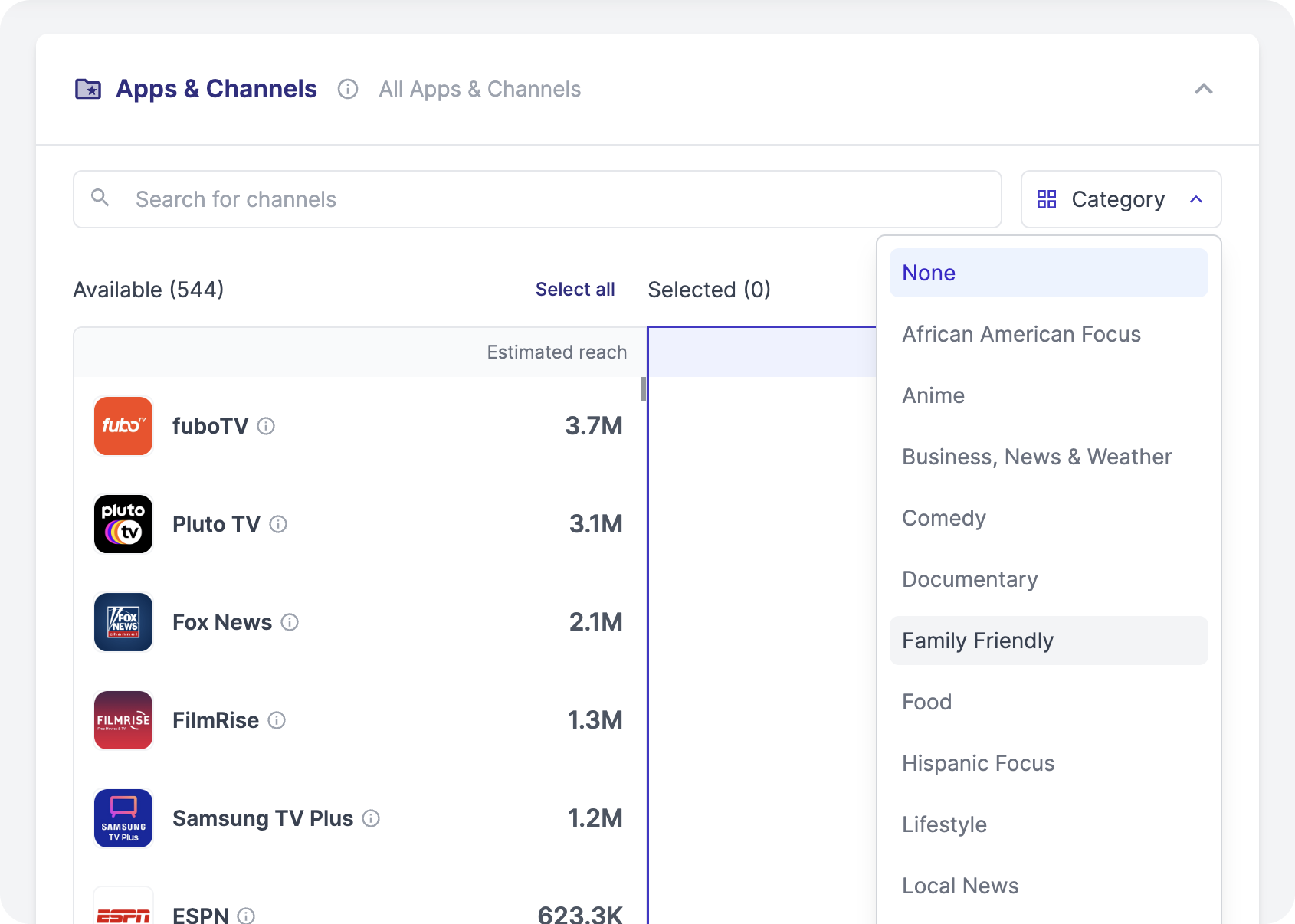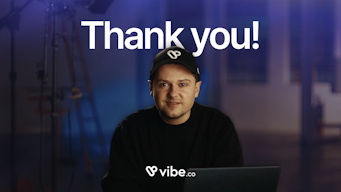Grow your law firm’s lead funnel with Context Targeting
The launch of Apple’s ATT (App Tracking Transparency) framework last year was absolutely devastating for app marketers and developers, but while more “traditional’” marketers may have had to contend with slightly higher digital CPMs, the real boogeyman we’ve all been bracing for is Google’s long-anticipated 3rd party cookie deprecation. Well guess what folks! It’s finally happening. Does your law firm have a plan in place to optimize lead targeting in a cookie-less world?
In the midst of ad tech’s reckoning over data privacy, digital advertising platforms - especially newcomers like streaming platforms - are turning to alternate ad targeting methods. One of those methods, contextual advertising, offers an effective privacy workaround that focuses on the currency everyone is after these days: attention. Who cares if 6M people saw your Facebook ad if it was muted and half-watched! Today, advertisers are focused on solutions that promise valuable and largely untapped insights that can improve advertising effectiveness, like contextual targeting.
What is context targeting?
Contextual targeting is the practice of displaying ads based on a digital channel’s content type and/or your audience’s location and possible engagement level. You could, for example, place an ad for dish ware on a recipe site, or an ad for home repair equipment on streamed HGTV, but then go a step further and advertise products for sleepless new parents, for example, in the middle of the night or weather-proofing equipment to locations expecting a storm.
The goal is to target specific moments and content that can reach your audience at their most engaged, so they’re most likely to act on your CTA (Call To Action). Placing ads at the right time and place means they won’t jar or intrude on your audience and can be more seamlessly integrated into the viewing experience, which drives resonance, brand recall, and action.
According to Mike Fisher, VP and head of advanced TV at the GroupM agency Essence, “Video marketers are reconsidering contextual targeting, in part, to prepare for third-party cookie deprecation, but also because ft data helps meet brand-safety and attention-based digital ad-buying metrics,” further pressing the point that campaign success metrics are broadening and shifting, from impressions and behavior-based data to context and audience engagement; a shift that makes sense as tracking customers across their web journeys becomes increasingly difficult and expensive.
Just as marketers are slowly moving away from last-touch attribution and broadening their range of campaign success indicators across the entire customer journey, it’s important for them to learn more about this new (not really, just more popular) type of targeting as data teams across ad tech work to improve and increase contextual targeting adoption across advertising verticals.
How to target by context with CTV?
Since the pandemic started in 2020, streamed long-form programming on CTV or with OTT devices has taken the country by storm, with 87% of TV-owning US households now owning at least one connected television device, and advertisers have taken notice. Netflix, Disney +, and other Hulus have already switched to ad-supported models even after emphatically swearing that option off (in Netflix’s case) - a clear signal that streaming audiences are a highly desirable target. But while “premium,” ex-SVOD channels are just now joining the party, FAST (free ad supported tv) inventory has been ballooning this year, presenting a sizable opportunity for brands to integrate more contextual targeting into their TV advertising strategy at a much lower cost. With the right CTV platform, advertisers can now identify their target audience’s content preferences - purchasing inventory and upweighting ad spend accordingly.
As early as 2021, CTV publishers acknowledged the importance of contextual targeting capabilities and the market is now clearly moving in that direction. According to a recent report from Digiday,
- Crackle and Tastemade have expanded contextual advertising to both CTV and OTT inventories.
- IRIS.tv, a contextual targeting marketplace for CTV showed 25% growth since January 2021.
- Xandr contextual targeting accounts for 35% of total spending.
- IAB reports that 51% of advertisers plan to rely heavily on contextual advertising.
Of course, as with all things, the key here is to blend behavioral, demographic, and contextual targeting together rather than go all-in on any one tactic. It’s also important to leverage a context-first mentality beyond ad placement, all the way to content. It’s vital, for example, to remember that a whopping 92% of CTV owners report watching their television with a 2nd device in-hand (typically a phone), allowing them to follow CTAs from your CTV ad right to their phones. This is a clear purchasing pattern that media planners must lean on to make the most of their CTV advertising strategy, applying contextual targeting to increase the chance of action that will eventually lead to a conversion in the future. Installing a pixel tracker like Vibe.co’s simple web traffic pixel tracker can then track those conversions seamlessly in your dashboard.
While contextual targeting in CTV is still in its infancy, its approach can be more sophisticated than broad brush audience tracking, especially as it relates to geo-location, content, and time slots.
Geo-targeting with CTV is relatively straightforward: your target audience’s IP address indicates the location of where an impression originates. Even with truncated IP addresses it is possible to target fences like zipcode, county or city level. Vibe.co offers easy geo targeting as an in-platform feature.
Meanwhile, CTV ad bid requests allow advertisers to identify which CTV channels and, more importantly, which content types, your audience is watching - a fundamental distinction from “traditional” broadcast TV ad buying. Why pay a premium for ads on Netflix or ESPN when those same audiences are also watching similar content on free streaming channels (the fastest growing digital video category last year.) That’s where “context” comes in. It’s crucial to work with platforms offering a vast catalog of streaming channels divided by content type. The Vibe.co platform, for example, allows marketers to select channels à la carte, but also by content category like News, Family Friendly, Food, Comedy, etc.

Similarly, targeting audiences by time slot allows advertisers to think beyond the type of customer they are looking for and focus on the ways to create the right environment for campaign performance. While some will object that CTV can’t compete with other clickable digital channels, they are failing to recognize the immense value of un-skippable ads next to premium content, delivered to households at a time when they are most likely to take action. In fact, as CTV ad platforms develop pixel tracking and MMP (Mobile Measurement Partner) relationships, measuring the impact of contextual targeting has become easier than ever.
How to apply contextual targeting to law firm marketing
The research is clear: although most law firms have adapted to virtual client management, customer preference still points clearly to local firms that can understand their needs more intimately. The importance here is not so much to actually be local, but to make sure potential clients feel directly spoken to and understood. Contextual targeting with CTV allows marketers to achieve just that: customized, context-appropriate multivariate campaigns at a fraction of the cost of linear TV campaigns.
Even more importantly, depending on the type of law practice you are advertising for, contextual targeting might be one the only targeting avenues available. From a privacy perspective, highly regulated industries with sensitive information, such finance, healthcare, or certain types of law firms sometimes actually depend on contextual solutions for legal compliance. Agencies that work with insurance companies, healthcare providers or other regulated entities with protected health information, for example, lean heavily into contextual ads to avoid violating HIPAA, the equal credit Opportunity Act, etc.
At the end of the day, contextual targeting is just one of many new audience engagement tools on CTV, but it’s definitely one your team will want to get familiar with.


